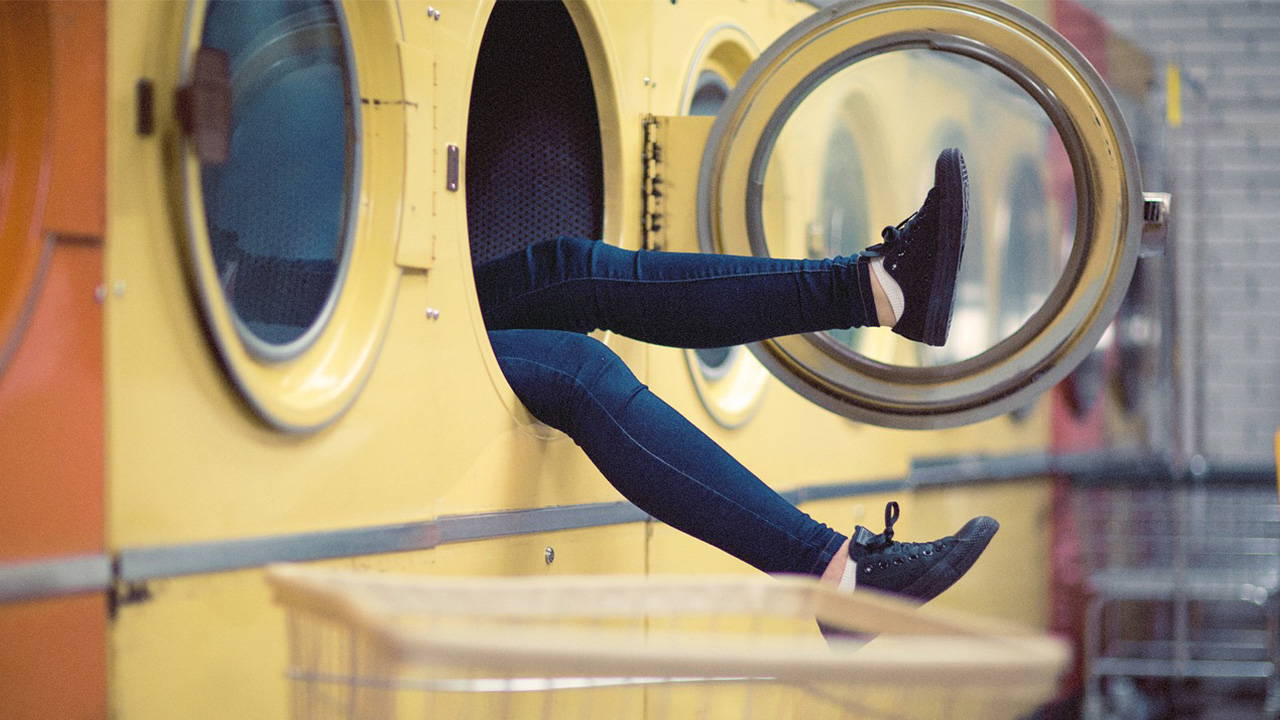So Squeaky Clean
DTF Washability
"Either you run the day or the day runs you."
Direct to Film Washability
It doesn’t matter if you are printing direct to film custom apparel for yourself, as a business, or for friends and family - you want your garments to LAST. We advise a few bullet points for best practice when it comes to laundering your DTF clothing:
Turn your clothes inside out before washing/drying
Set you water temperature to LOW on the washing machine
Avoid fabric softener on loads with garments you print yourself
Tumble dry on low. I already know you’re not going to hang dry it. So dry on LOW
But at the end of the day, all the laundry care in the world can’t help preserve our prints if we are not working with good materials or preparing transfers the correct way.
Let’s look at some variables at play: film, powder, and curing.

FILM
Film is going to primarily affect the color layer in your transfers. PET is made up of layers and quite possibly the most important layer is the INK ABSORBING layer. This layer settles the CMYK ink so that white can be layered on it. Internally we conduct rounds and rounds of testing the DTF films we offer before bringing them to market, and what we have found with certain films is the ink absorbing layer can be inconsistent, which results in uneven coating.
POWDER
Direct to film TPU powder, or hot melting powder, is the adhesive bond that applies the transfers to textiles and can also directly impact the WHITE ink layer of the print. If you ever encounter a DTF garment you printed that is able to be scratched off/cracks/peels in the washer, this is likely related to the powder. If left uncovered, dust can settle in with the TPU, diluting its functionality. Not enough powder applied to the design can also compromise the adhesion. Plus, excess humidity can lead to moisture in the powder which will also cause the bonding to suffer.
CURING
Even the best film in the world and most preserved TPU powder can fail you with bad CURE SETTINGS. Overcooking or undercooking your transfers is a recipe for less than perfect results when it comes to the quality of your DTF prints. Improper settings can result in an actual transfer of the RELEASE LAYER to your garment, which will drastically affect the washability of your product. As everyone's curing methods, setups, and equipment can vary, a good rule of thumb is more time and less heat when it comes to curing the powder to the ink on your film. Furthermore, a properly cured DTF transfer will give you more flexibility with application settings, which is great if you work with temperature sensitive materials like polyester or other synthetics.
We are constantly testing to improve our support and the overall products we provide, so the best advice I can give is to test, test, test. You know we have your back with tech support just a few clicks away, but experience will always be the best teacher.
Meet our author
Estevan Romero
Brand Marketing Lead
Esteven Romero began making YouTube videos back in 2017 to help new business owners learn how to use their products and grow their operation.
He has been featured in many companies content such as Siser North America, Key Print Co and more. He has been featured as a speaker/presenter nationwide across the tradeshow circuit sharing information and insight to the print community audience and brings 13+ years of experience to the table.
You can meet Estevan and more of the friendly All American Print Supply Co team by visiting the company live events calendar and our YouTube channel.






